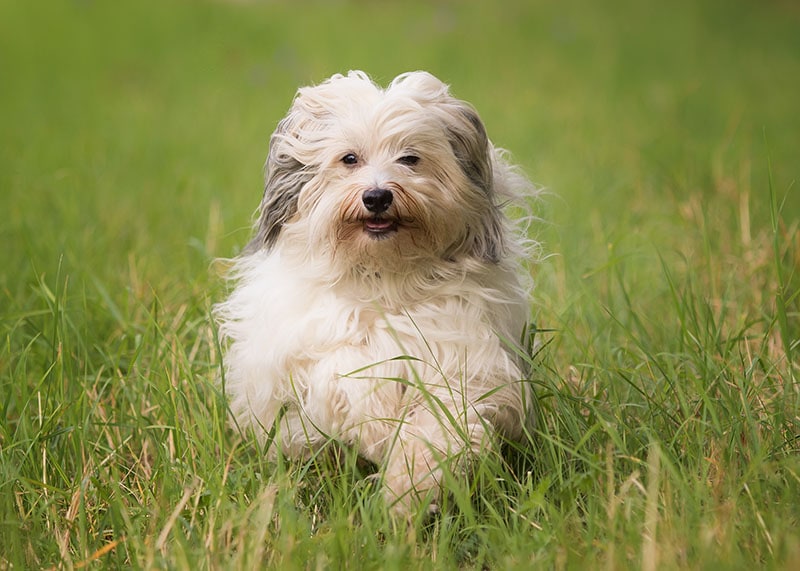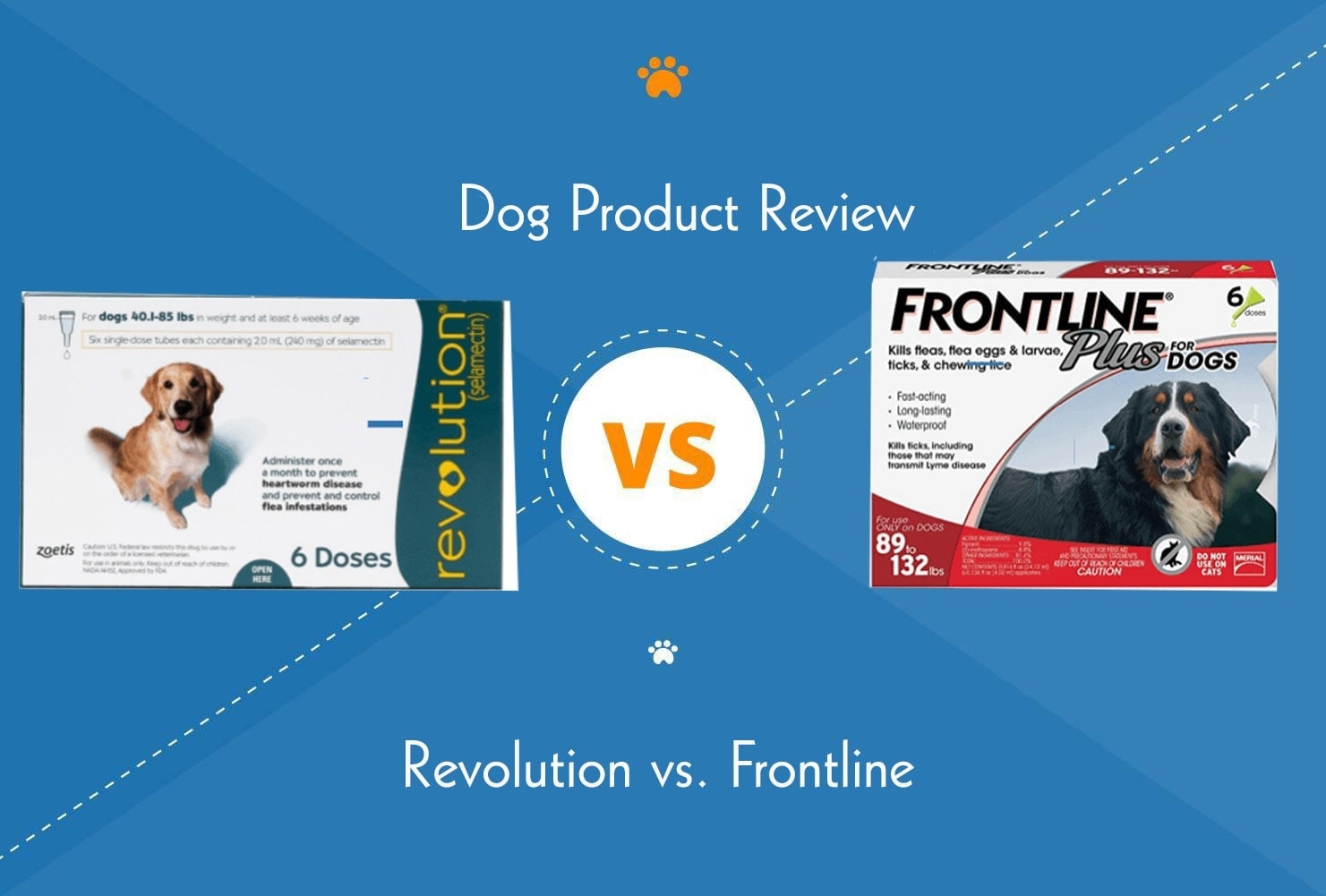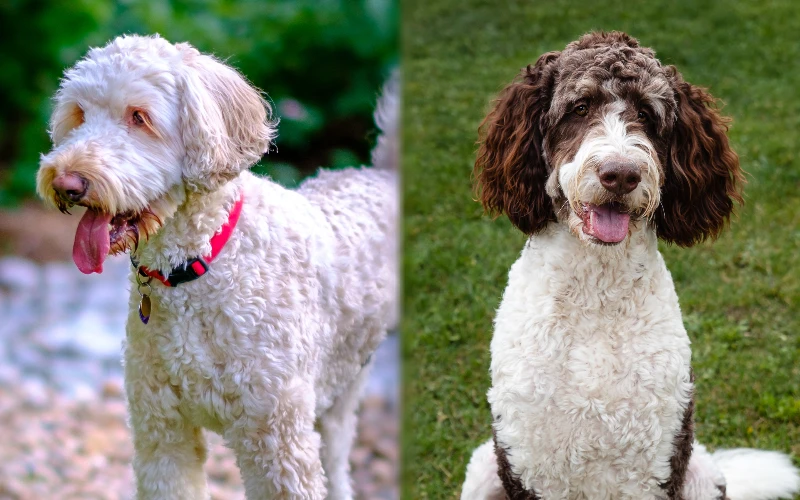Scent Training for Dogs 101: Vet Reviewed Facts & Advice
Updated on
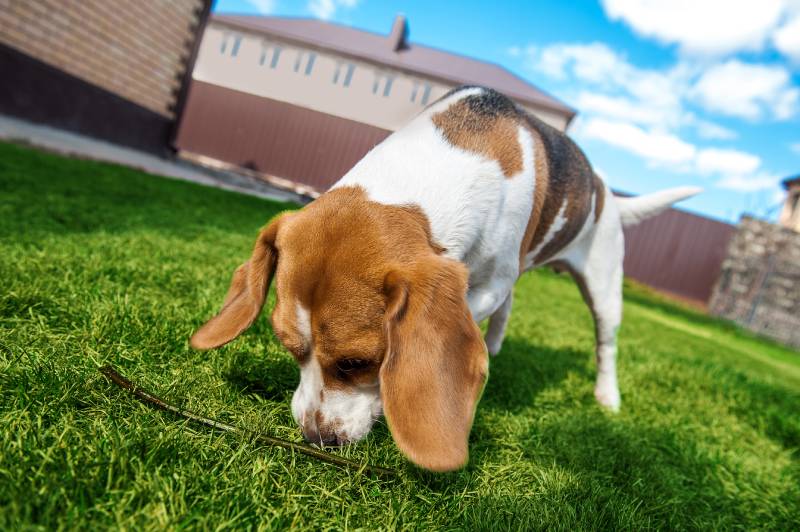
Click to Skip Ahead
A dog’s sense of smell is key to their survival, as dogs use sight and smell to communicate with one another and assess their surroundings. Since their noses are so powerful, scent training them allows them to further harness their natural strengths.
Scent training is an activity that gives dogs the opportunity to use their incredible sense of smell to detect scents. Read on to learn more about scent training, including activities you can try today to help hone your pup’s sense of smell.
What Is Scent Training?
Scent training, also sometimes known as nose work, is a sport that allows dogs the opportunity to use their amazing sense of smell. It has many practical applications. It uses the same approach that detection dogs require when working alongside police, looking for explosives or narcotics. While your pup may not be searching for bombs, you can use this training to teach them to identify different scents while simultaneously providing mental stimulation.
Scent training can be a fun pastime but also a competitive sport. The American Kennel Club and the National Association of Canine Scent Work (NACSW) have competitions where dogs compete against one another to test their scent detection skills.
Scent work can be done anywhere by dogs of any breed, size, or age.
What Are the Benefits of Scent Training?
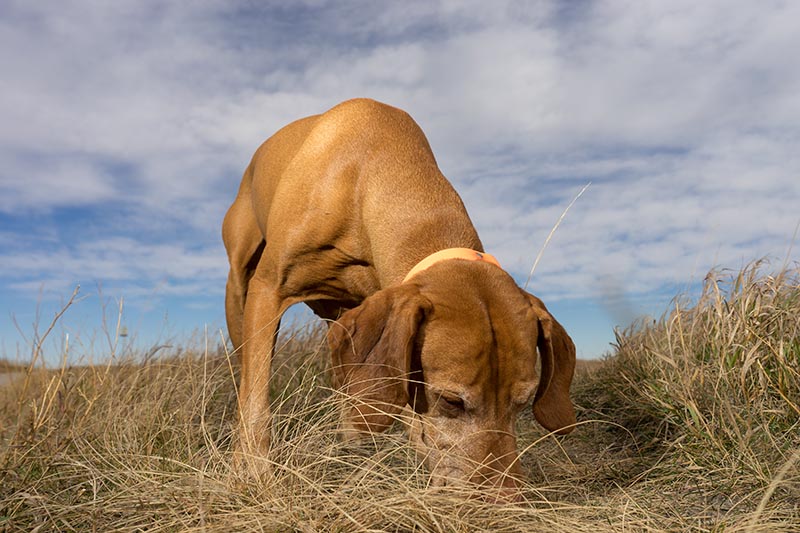
- Harnessing and fulfilling their natural instincts
- Providing mental stimulation
- Promotes confidence
- Strengthening human-dog bonds
- Promotes physical activity
 Beginner Scent Training 101
Beginner Scent Training 101
Scent training doesn’t differ much from basic training. Before you begin, your dog should have perfected basic commands like sit and recall. You shouldn’t start scent training until after a puppy has been house-trained, so they’ll have the basics mastered to give them the footing they need to learn more complex skills.
If you’re just starting to dabble in scent training, you can try several fun activities with your pup at home to get acquainted with the activity.

Hide & Seek the Human
Have someone hold your dog while you go and hide somewhere in your home. Don’t hide too far at first until your pup gets the hang of the game. You might even leave a trail of kibble to start with to make finding you easier. When you’re hidden, have your friend let go of your dog, and let the dog use their nose to follow your trail. Once the dog finds you, reward them with a treat. Repeat these steps, progressively making your hiding spots more difficult.
Hide & Seek the Treats
This game is exactly the same as the human hide and seek, except you’ll be hiding high-value treats instead of yourself. Start by placing treats in obvious places, then hide them under or inside things like under newspapers or in a plant pot. It’s best to keep treats hidden at ground level so they’re easier to find.
Cup Game
The cup game follows the same premise as the shell game often seen on the street or at fairgrounds. For this game, you’ll need three identical containers (e.g., cups, shells) and your dog’s favorite treat. While the dog is watching you, put the treat under one of the cups, and then move the cups around. Challenge your pup to use their nose to find the cup that contains the reward.
The 3 Key Steps for Competitive Scent Training
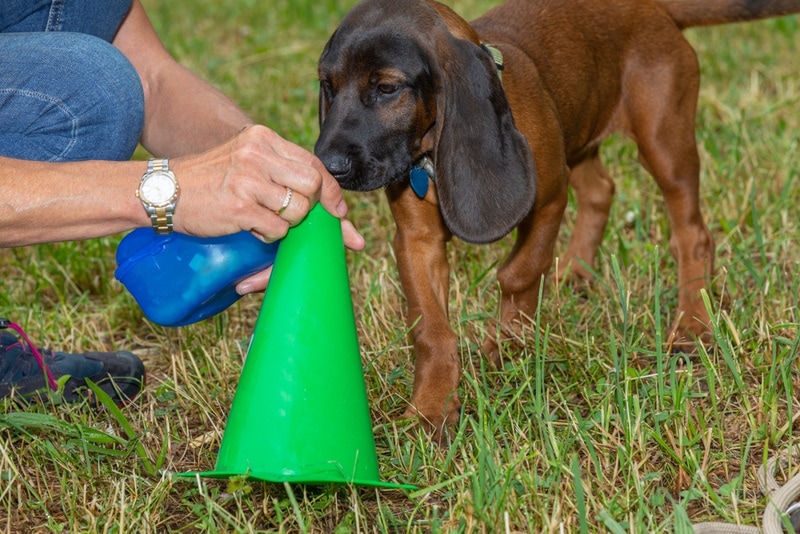
As mentioned above, scent work is a competitive sport. If you want to take your dog’s nose work to the next level, you might consider training your dog to compete.
- Essential oils (e.g., birch, clove, wintergreen, cypress) Important: Please do not allow your dog to have direct contact with these.
- Cotton swabs
- Tweezers
- Small jar with lid
- A “scent vessel” to hold the cotton swab
- Disposable gloves
- High-value treats
- Lidded plastic receptacle with holes in the lid
1. Prepare the Scent Vessel
A scent vessel is a receptacle that holds odors. It can be any small object that will prevent the scent aid from having contact with an object or surface in your scent training area. The vessel should allow scents to escape but never be made of glass.
Prepare the scent vessel far from where you’ll work with your pup. Remember, a dog’s sense of smell is highly fine-tuned, so the further you are away from the training area, the better.
Put on your disposable gloves and put two drops of essential oil on each cotton swab. Put the swabs in the glass jar. Dispose of your gloves in a trash can far from the training area. Use tweezers to remove a cotton swab from the jar and put it in your scent vessel. Place the tweezers in a sealable plastic bag so your dog will not pick up the scent from them.
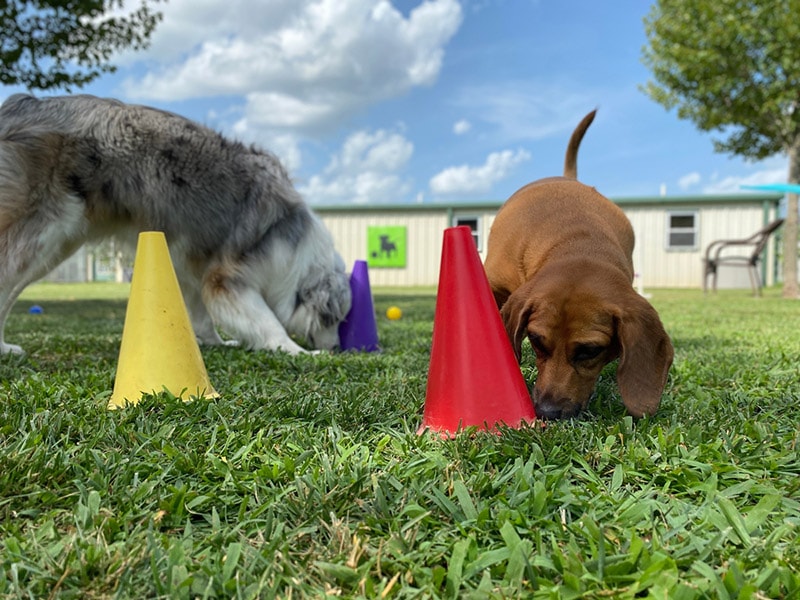
2. Introduce the Scent
Once your scent vessel is made, hold it in one hand and a high-value treat in the other. Hold your hands about a foot apart. Allow your dog to come to you and start sniffing. When your dog stops smelling your hand and moves to investigate the scent vessel, say “yes,” and reward your dog by bringing your treat-holding hand to the one with the tin. This is essential as you must reward your dog at the odor source.
Repeat this sequence several times, switching hands to prevent your pup from using their memory.
3. Teach Your Dog to Find the Scent
Put your scent vessel inside the plastic container. Repeat the same process from step two, holding the container in one hand and waiting for your pup to indicate the smell’s recognition. When they do, offer the high-value treat at the container as you did in step two.
Once your dog has mastered this, put the box on the ground and repeat the process. Then, while your dog is in a different room, put the box on the floor, and let the dog back in to see if they can find it.
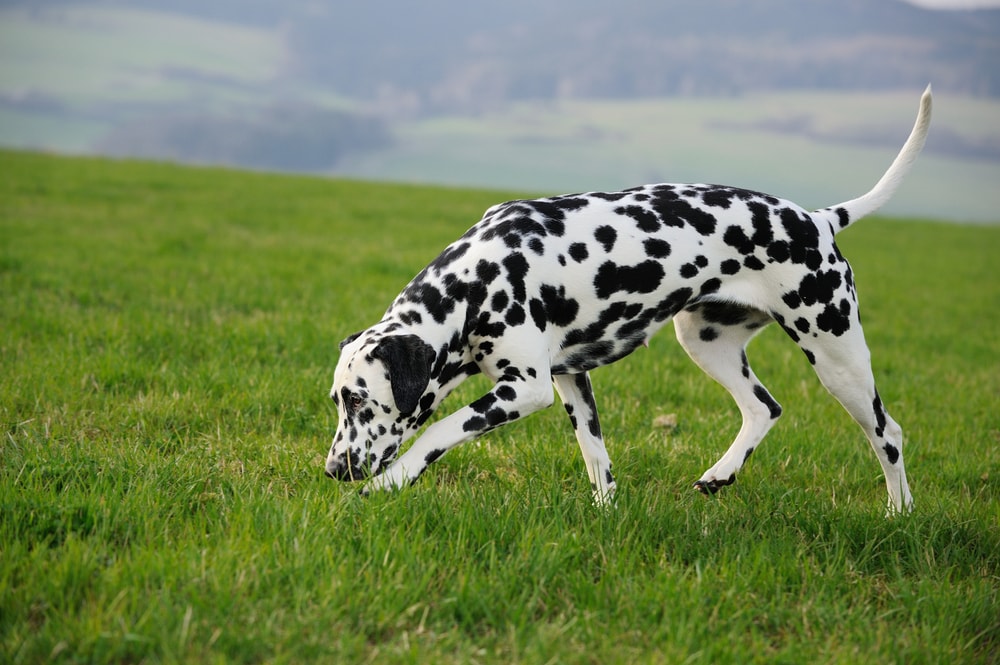
 Things to Keep in Mind While Scent Training
Things to Keep in Mind While Scent Training
Scent training may sound easy on paper, but it’s hard work and challenging.
Consistency Is Key
You must be consistent with your training schedule. You don’t have to practice for hours upon hours—quite the opposite. Your sessions should be short because most dogs have very short attention spans. Don’t drag out the sessions longer than 15 minutes unless your dog is very into it. End the sessions long before your dog gets frustrated and starts losing interest.
Do Not Distract
Petting your dog or distracting them in other ways can take their head out of the training session. It’s just as important for you not to be distracted as it is for your dog. Ensure you choose a distraction-free environment for your training sessions. Start with indoor training sessions if your pup is easily sidetracked when outdoors.
Prep and Store Odors Properly
Prepping and properly storing your scent-training odors isn’t hard, but you must do it right to prevent confusing your dog. When you handle your odors, treat them as highly contagious germs easily spread by physical contact. Tweezers and gloves are essential, as you should never hold the oils with bare hands.
Dispose of used gloves carefully before they can contaminate other areas.
Hire a Professional
Scent training can be done at home, but if you’re not up to the task, you can enroll your dog in classes led by professionals in the business. NACSW Nose Work Instructors are easy to find using this online tool.
Final Thoughts
Scent training is fun for dogs as it challenges their natural strengths, promotes bonding, and provides mental stimulation. However, it can take time to learn, so don’t expect your dog to be ready to participate in the competitive side of the sport right away.
Featured Image Credit: algae, Shutterstock


 Beginner Scent Training 101
Beginner Scent Training 101

